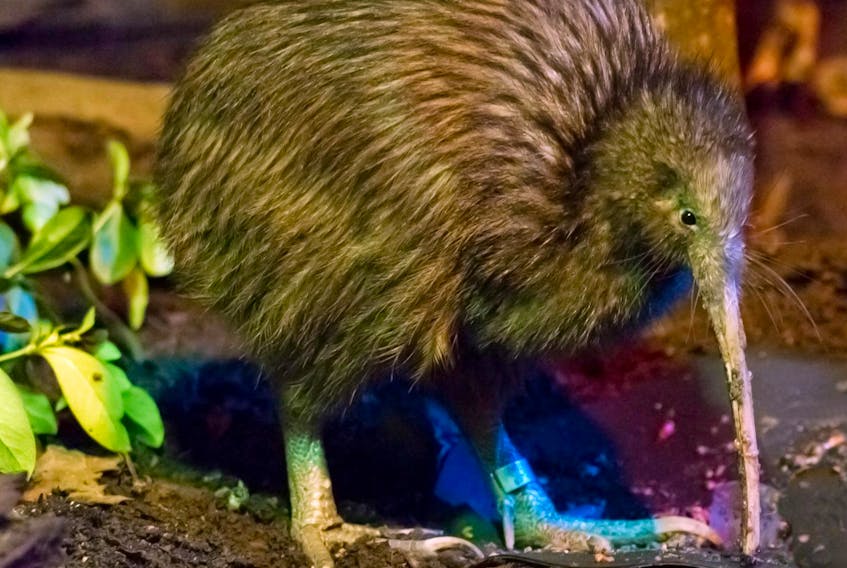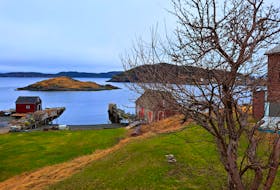A few weeks back, I played cards with a New Zealander, and while the conversation was stimulating, the cards themselves are what stuck with me.
Unlike your average Canadian deck, sporting maple leaves, hockey players or myriad Banff hotels, this deck was dedicated to the species of bird found in New Zealand and nowhere else.
One card in particular introduced me to the kiwi; a family of flightless birds like feathery spheres balanced on the legs of a turkey with a long, narrow bill jutting from their small faces. During our game, this awkward and adorable bird entranced me from the far side of the planet.
New Zealand was, at one time, a paradise of biodiversity and played host to ecosystems which evolved in the complete absence of continental mammals, with the exception of some bats.
Here arose species unique to the world, like the nine-foot-tall dinornis giganteus, an ostrich-like creature weighing 330 pounds. The humble kiwi, of course, occupied the other end of the spectrum.
Because these birds were free from ground predation and ever watchful for eagles and harriers above, they evolved to stay low rather than fly high.
But humanity, in its efforts of ceaseless expansion, violated the protective kilometres of ocean surrounding New Zealand in the 1200s.
First came the Maori, the country’s original settlers, who promptly hunted the dinornis giganteus and others to extinction and the invasive rats they brought from the mainland began a predatory conquest of New Zealand’s flightless birds.
In time, with the settlement of Europeans, came a suite of other invaders such as the stoat, ferret, weasel, cat and possum, among others.
While the destructive powers of humanity having been tempered in recent decades by a modern conservation ethic — allowing for the rescue of at-risk species and world-class legal protection for some of the country’s natural spaces — these invasive predators continued their rampage.
Of the 89 species of bird known to be unique to New Zealand, only 53 remained as of 2001 and a great many of these were in decline, like the humble kiwi.
In the conservation community, invasive species are often regarded as an intractable problem.
How do you go about eradicating a plant or insect which reproduces more quickly than can be destroyed and spreads with impunity on the wind or in someone’s trunk?
The invasive mammals devouring New Zealand are numerous, widespread, diverse and elusive.
Most professionals I speak with on this topic in Atlantic Canada shake their heads, knowing the budget and political will doesn’t exist to eradicate them wholesale. Most initiatives focus on containing the spread or managing the at-risk species falling victim to the tide.
New Zealand did something a little different. Instead of accepting these invaders as the new order, they launched Predator Free 2050, building on similar, smaller projects across the country.
Its goal is to eradicate stoats, rats and possums from the mainland by 2050, a chore already accomplished on more than 100 of their coastal islands. This is being achieved by a nationwide trapping effort, accompanied by controversial, yet effective, pesticide treatments of their remote wilderness.
This chemical, known as 1080, affects mammals only and breaks down harmlessly in time. Without condemning or condoning this practise personally, I will say that no solution to invasive species is perfect or entirely benign and that once the dust settles on a restored ecosystem, the ends may have justified the means.
And finally, there is enormous investment in new invasive control techniques and technology generally.
These efforts have been paired with concerted conservation of native birds. In particular, I watch the rowi, the rarest of the five kiwi species, which numbered a mere 450 in 2014, in its only remaining natural habitat. Of the 80 eggs lain by these rowi each season, only two hatched to reach adulthood, in large part do to predation.
With the invasives held back, however, and hatching of eggs in captivity, 50 rowi are now able to reach maturity each year. In addition to these efforts in their native range, refuge populations of rowi have been established on coastal islands free from invasive predators, a backup plan, if the worst should happen.
The actions being taken in New Zealand and the methods they’re continuing to develop, show unprecedented foresight and courage in addressing the scourge of invasive species.
The lessons learned in this effort could one day be applied here in Atlantic Canada or some day, scaled to continents themselves.
They are already allowing several species of kiwi to recover and in time, could save countless more abroad.
Zack Metcalfe is a freelance conservation journalist, author and writer based in the Maritimes.








